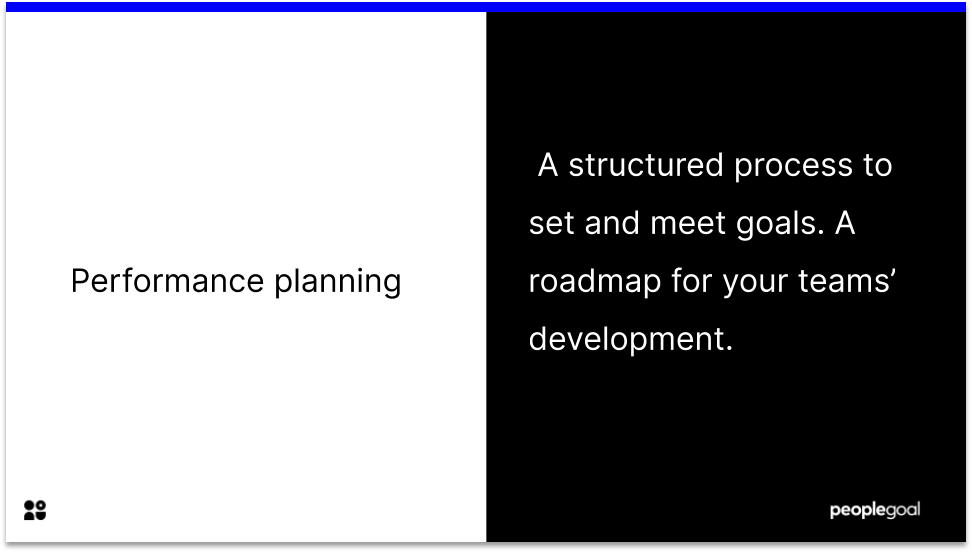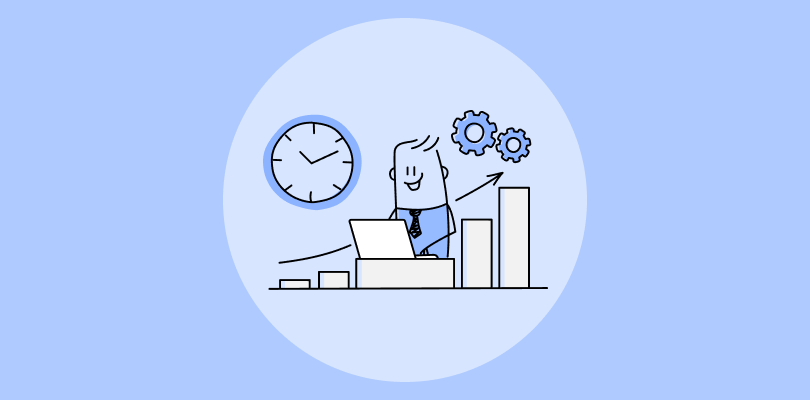Human resources should focus on measuring employee performance as well as managing performance, the efficiency of the manager-employee relationships, if the performance goals are being achieved or the levels of employee engagement and satisfaction.
This task is more complex than it might initially seem. That’s why many organizations are turning to EPM software (Enterprise Performance Management software) to gain deeper insights and support more strategic, data-driven evaluations. By dedicating the right time and tools, HR teams can identify key focus areas, evaluate the current state of performance, and develop effective strategies to drive improvement.
5 Tips to Measure the Effectiveness of Performance Management System

1. Benchmark best performance management system practices
Research the best practices and appropriate measures to inform yourself what success looks like in performance management in general and your industry. It is important to dedicate time to research to understand what success looks like.
Examine success stories of companies similar to yours, explore and analyze the current performance management trends to provide yourself with a comprehensive understanding of the best practices.
2. Define organizational goals and objectives
What is it that your company attempts to achieve? Are you trying to improve organizational performance or individual performance? Or are you focusing on increasing employee motivation and engagement?
In order to make the plan effective it is important it is specific, measurable, achievable, relevant and timely. To find out more about how to set such a SMART goal read our essential guide for SMART goals.
3. Establish Your Success Measures
Once you have established your goals you need to define measures to identify if your objectives were met. Some of the usual measures of performance management software effectiveness include:
- Increase or decrease in profitability
At the end of the day increasing profitability and growing revenues is the aim of every business.
- Productivity rate
It is calculated as the total output of your employees divided by the hours worked.
- Quality of personal goals and rate of their achievement
Assessing the quality of goals; how SMART are they, and whether or not are they aligned with the wider organizational objectives.
- The response rate of employees and managers to performance management activities
What is the response rate to the employee performance reviews? How many of your employees successfully set their goals? Does management provide constructive ongoing feedback?
- Employee engagement survey results
Evaluating and measuring the levels of employee engagement will provide you with an ample understanding of the effectiveness of your performance management process.
- Performance review results
If there is a significant number of negative performance reviews and underperforming employees it is a sign that there is something wrong with your performance management system.
- Employee turnover rates
It is the number or the percentage of the employees that leave your organization and need to be replaced. The rate can help you evaluate the cost to hire for budgeting purposes and highlight issues with management.
- Employee satisfaction index
It is based on three questions;
- How satisfied are your employees with their current workplace?
- How well does their current workplace meet their expectations?
- How close is the current workplace to their ideal one?
The employee rates each of the questions on a scale of 1 to 10 (one being the lowest score and 10 the best one). The Employee Satisfaction index is then calculated as ES= [((question mean value ÷ 3) – 1) ÷9]*100
4. Evaluate the Results
Based on the baseline you calculated and the benchmark you can justify if you are satisfied with the performance or not. It is important to frequently build reports.
Remember to acknowledge and celebrate success. Even if you are satisfied with your performance it is important to track and assess the progress on a regular basis. Performance management is a process that should be continuously measured and adjusted to meet the everchanging needs of your employees and business.
5. Take Action on the Results
Develop a strategy and set new goals on how to improve the deficient performance or problems in your performance management process. Make sure to make the new goals specific, measurable, achievable, relevant and with a clear timeline.
However, we are aware that implementing change in your organization can be challenging. Hence, we have created a guide to help you implement change in your organization.
Ready to 3x Your Teams' Performance?
Use the best performance management software to align goals, track progress, and boost employee engagement.






![What Is Employee Performance Management? [Tips to 3x Productivity]](https://www.peoplegoal.com/blog/wp-content/uploads/2019/08/What-Is-Employee-Performance-Management_.png)